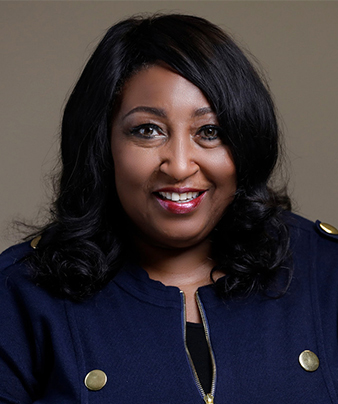Meet the Moment: Transcending Limiting Beliefs
Thank you, Marcus and Dwayne, and Cathy and Dimple, for your courageous leadership. And Dimple, thank you for inviting me into the conversation to answer "What exactly holds us back from making more dramatic transformations in our philanthropy?" I’m humbled to be a part of it.
I propose that what holds us back from making more dramatic transformations in philanthropy are three beliefs that we inherit and internalize from white supremacist culture.
Philanthropy is another system functioning as it was designed to function – as social reproduction for the ruling class, with our failure to meet that goal engendering the risk of our being fired. Functioning in a scarcity mindset, it’s no wonder we internalize the following beliefs.
1. The belief in the disconnected individual
Foundations reproduce their fetishization of low overhead in their own organizations, resulting in over-extended staff. This low investment in people leaves grantmakers little time. Relationship-building, long-term planning, advocacy or organizing feel like luxuries we can’t afford.
When I was a program officer at a major foundation, I adopted the mentality so common in our field — I believed that to shift resources to organizations led by community members, I had to fly under the radar. While I’m proud of much of the work that I supported, my strategy did not yield institutional change. This belief that I had to fly under the radar informed and was reinforced by my belief that others couldn’t change.
2. The belief that others can’t change
When I first started working in a foundation, a colleague advised me, “You’re always a fundraiser.” I took that to heart and worked to raise money from my foundation for communities. But I’ve come to learn that this belief is too limiting — too transactional. Justin Laing from Hillombo Consulting recently shared a more expansive view, reinforcing the best of what I’ve experienced. He said instead, “You’re always an organizer.” I am indebted to Laing for this and so many other insights. Laing’s insight was reinforced by Farhad Ebrahimi’s brilliant essay, Knowing What To Do Will Never be Enough, in which he asserts that we don’t have an information deficit. We have an organizing deficit.
As individuals, we oftentimes don’t try to organize others as we fear exposure. But many of the most effective philanthropic efforts we’ve seen have been the result of organizing among funders to support community power-building. Foundations model our hesitance to organize, in their own hesitance to support advocacy and lobbying for changes in public policy. Both behaviors are lost opportunities to change larger systems.
When I shifted from working in foundations to working for city government, I traded in my stealth strategy for one of rallying a range of stakeholders to support neighborhood groups’ self-organizing. This was a process of greater complexity as it involved different sectors with different priorities and styles. But it was far more satisfying.
Our hesitance to organize among our peers and support advocacy and lobbying is connected to my final illusion — the fear that our every failed effort will be our last.
3. The belief that failure is absolute and permanent.
In Ron Heifetz’s theory of Adaptive Leadership, he encourages leaders to actively commit to the intervention we’ve designed, but not to let ourselves become too wedded to it. Approaching our interventions with an experimental mindset allows us to integrate unanticipated possibilities but also to improvise as we go, buying time and resources along the way for our next set of experiments.
As I went from a stealth strategy to an organizing strategy, did I fail at times? Certainly. But I was able to learn from my failures, strategize again and continue to advocate and organize and accomplished far more than if I had given up or refused to try.
The belief in our being separate from others, that others can’t change, and that every failure will be our last, stop dramatic transformations in our philanthropy. We have examples throughout our field of our colleagues’ transcending these beliefs to achieve change. We can all transcend these limiting beliefs, with each other as our support.
Up Next

I'm pleased to hand off the next leg of this conversation to Janine Lee, President & CEO at the Southeastern Council of Foundations. Your question is:
How might we bridge the gap that exists between rhetoric and action within our institutions?




